Purple Power Foods!

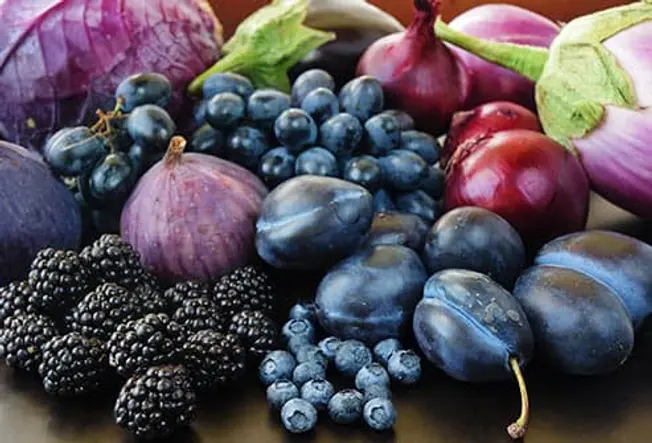
Where Does the Power Come From?
In fruits and vegetables, purple is often a sign of nutrients called anthocyanins. Like other phytonutrients, your body doesn't need them to work, but they do help protect your cells from damage that can lead to illness and disease. And that's on top of any other health benefits you'll get from eating these foods.
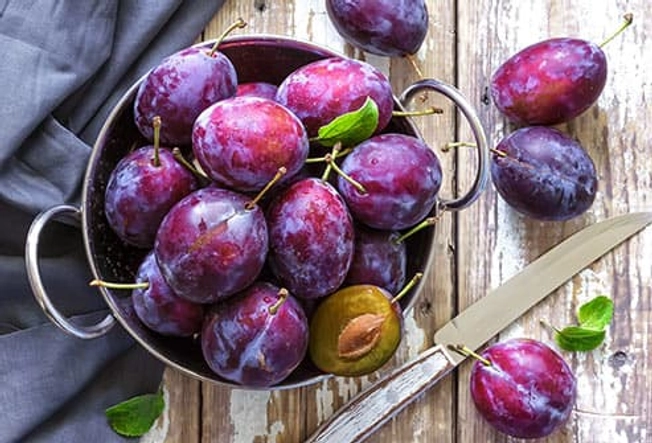
Plums
They're one of the first purple foods people think of. And the more color in the fruit, the more of those anthocyanins. Riper fruits will also have more usable nutrients. The peel could have as much as 20 times the antioxidants as the flesh inside.
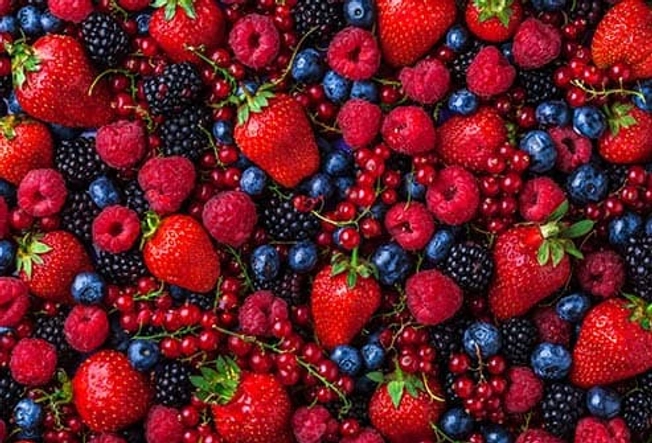
Berries
Though anthocyanins are linked to the color purple, the pigments can range from red to blue. Blueberries, blackberries, strawberries, bilberries, black currants, and mulberries all have similar properties. They may boost your brainpower and your mood, according to studies of kids and adults using blueberries. Scientists think the anthocyanins help your brain cells talk to each other.
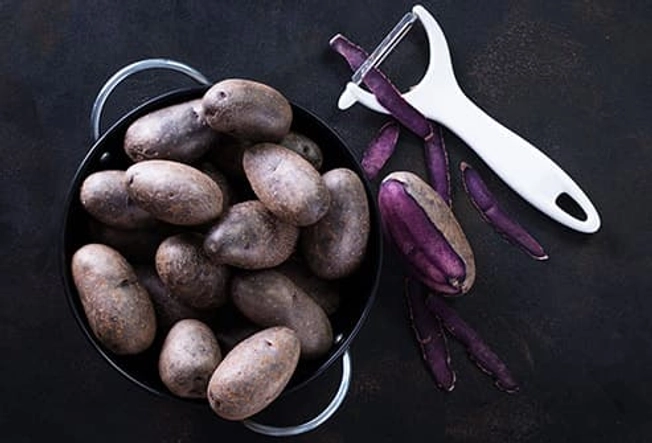
Potatoes
Try the ones with purple skin and flesh. Besides anthocyanins, they have 2-3 times the total antioxidants of a typical white potato, which is loaded with potassium, magnesium, vitamin C, and fiber.
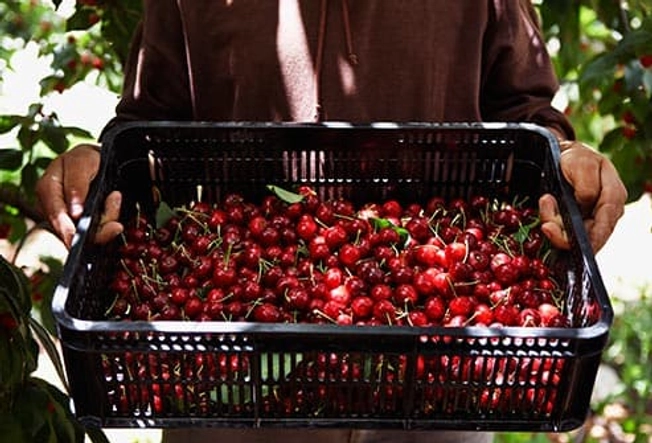
Red Cherries
The anthocyanins that give them their dark rich color may help lower your blood pressure and keep your blood vessels healthy and soft. They also seem to help with joint problems like osteoarthritis and gout, a painful condition where crystals gather in your feet or ankles. And cherries are bursting with nutrients that together may help prevent cancer, heart disease, and diabetes.
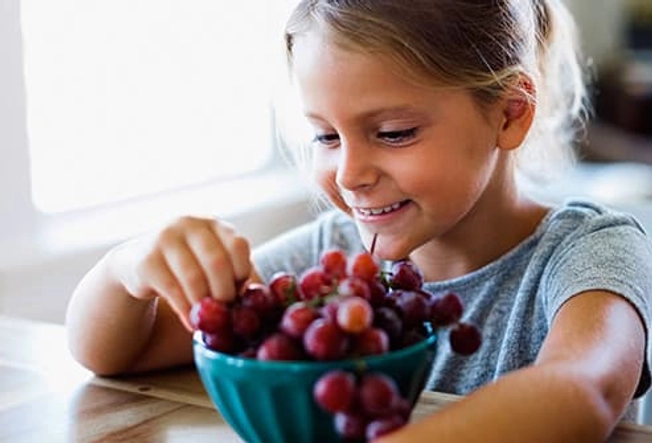
Grapes
The anthocyanins of grapes can run from red to black. These juicy gems are known for having resveratrol, which has gotten a lot of attention for being part of a group of nutrients that work together to help protect your cells from damage that can lead to disease. The skins of grapes give red wine its color -- and its resveratrol.
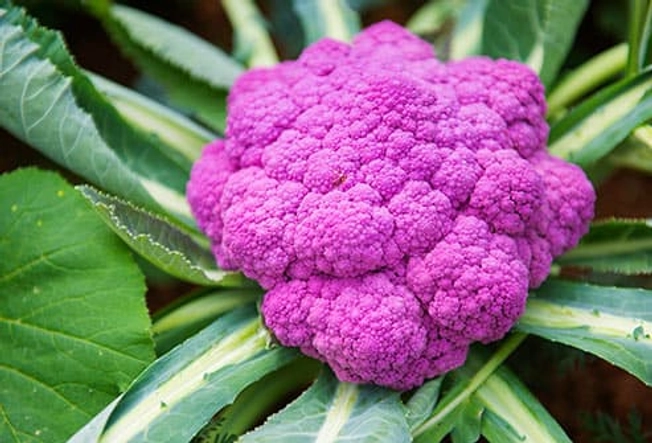
Cauliflower
Just a single gene tells a cauliflower to gather more anthocyanins into its tissues, turning this normally white vegetable purple. Otherwise, it's like the stuff you already know: rich in phytonutrients, vitamin C, and minerals. Steam, stir-fry, or microwave -- or eat it raw -- to preserve the most nutrients.
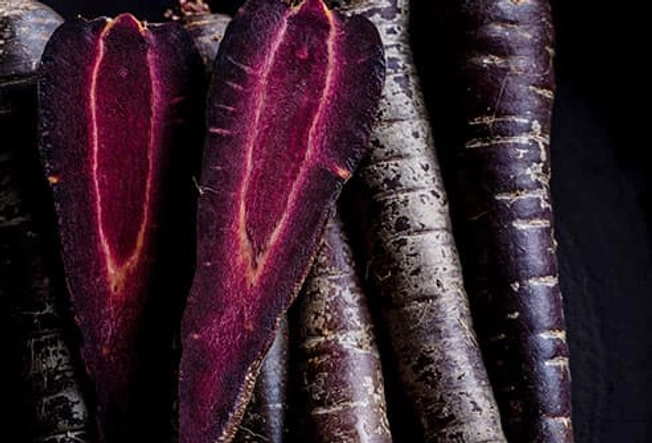
Purple Carrots
Find them at your local farmers' market or foodie restaurant. Try them roasted, pickled, or broiled. You'll get their extra anthocyanins as well as the beta carotene and other carotenoids found in orange carrots that may help stop cancer and improve your immune system.
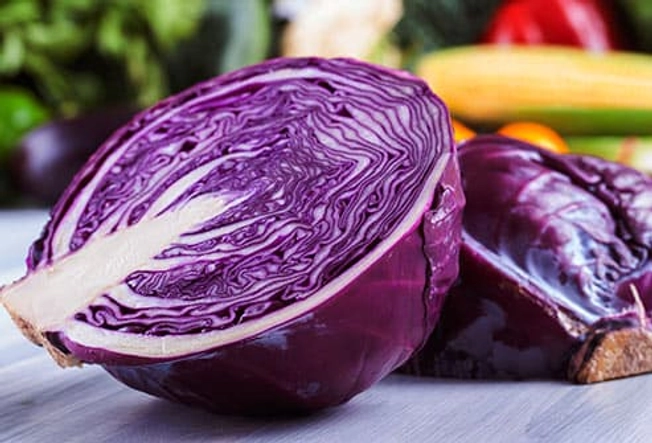
Red Cabbage
It may be easier for your body to use its anthocyanins when you cook it. And when you ferment cabbage to make sauerkraut or kimchi, you'll get natural probiotics that nourish the bacteria in your gut -- your "microbiome." These help your body fight germs, absorb nutrients, digest food, and even control anxiety.
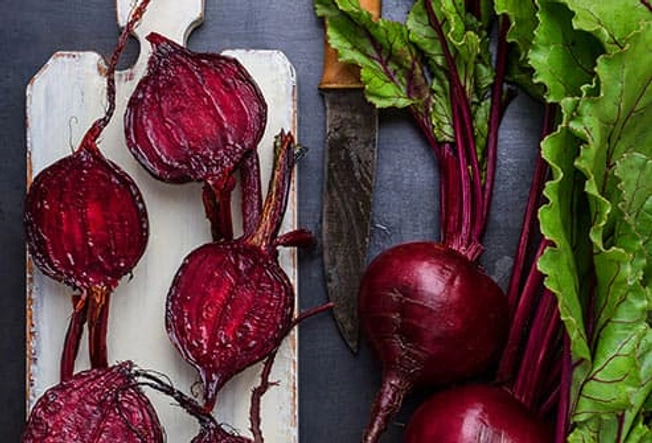
Beets
Their color comes from different antioxidants called betalains instead. You'll also find these red and yellow pigments in the stems of chard and rhubarb, as well as some mushrooms and fungi. They break down more easily when you cook them than anthocyanins do, so try steaming rather than roasting. Beets will add sweetness and a beautiful purplish-red color to your smoothies. These veggies are good for your heart, brain, and blood sugar.

Purple Icing
No, the color of processed foods like cakes and candies doesn't mean the same things it does in fresh fruits and vegetables. But anthocyanins are often used to give dark color to other foods like blue corn chips, soft drinks, and jellies. The amount may not be enough to change your health for the better, yet they can be a safe choice if you want to avoid artificial dyes.